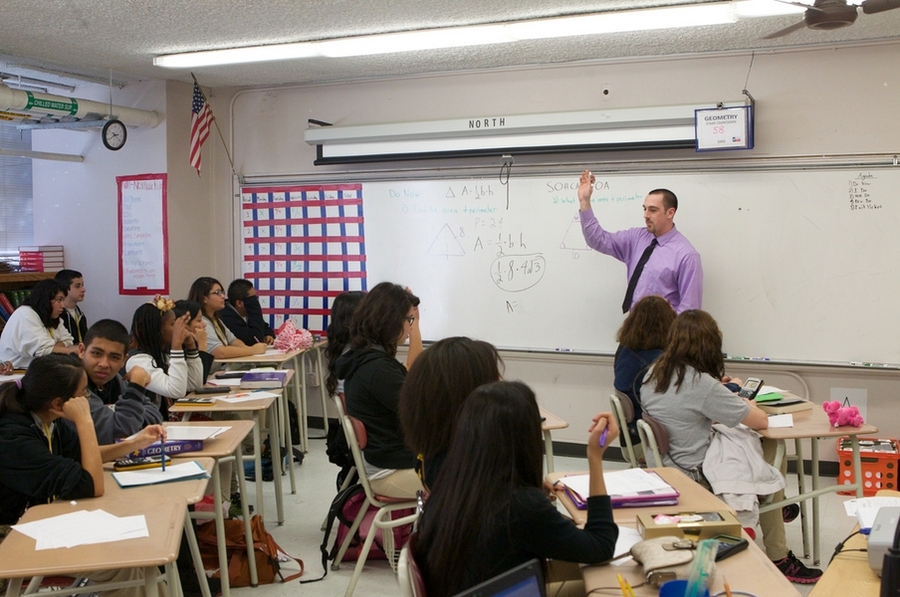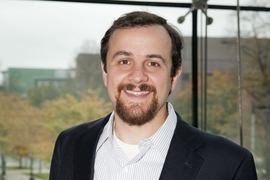For decades, educators and lawmakers have sought to eliminate demographic-based outcome gaps in education and achievement. Despite educational policy shifts and student-focused interventions intended to help students of all backgrounds excel, the phenomenon has persisted. The continued underrepresentation of racial and ethnic minorities and women in technical fields demonstrates the need for new strategies that address the issue of bias in K-12 education and the STEM pipeline.
To that end, researchers at the MIT Teaching Systems Lab are developing a promising new line of inquiry — a simulation-based teacher education technique designed to address unconscious bias (UB).
“Up until now, the educational policies and interventions used to combat unconscious biases tend to focus on the students, not the educators, and address the consequences of unconscious bias rather than the source,” says Justin Reich, executive director of the Teaching Systems Lab. “If we can help teachers identify places where bias may unintentionally be affecting their students, we can help them to create more just and equitable classrooms.”
Reich’s team creates text-, animation- and video-based interactive simulations to mimic the "tough, teachable moments" that educators inevitably encounter in their work. In each scenario, student demographics are randomized, and the simulation ends in a “volatile moment of instruction” that requires the teacher’s response. A review of their interventions with students of various demographic backgrounds gives participants valuable insight to the unconscious biases influencing their classroom interactions and relationships.
“Understanding the interplay between teachers' mindsets, cultural models, and the particular context and structural factors facing their school, students and families is quite complex,” Reich says. “We’re exploring new ways to help them build skills in anticipating, enacting and reflecting on the complex cognitive and relational work of teaching.”
Google, which is conducting its own inquiry into the exclusionary effects of unconscious bias in computer science (CS) and STEM education, has now awarded Reich and his colleagues with a new research grant to help expand such inquiries. Google's own researchers recently released a study of interdisciplinary literature, drawing on social psychology, neuroscience, economics, and sociology, that identifies insights into the origins and meaning of unconscious bias and potential interventions, including developing awareness of one’s own biases “without shaming or blaming”; increasing empathy and perspective-taking in the classroom; and fostering a sense of partnership that reduces outgroup status.
“A large and diverse body of evidence indicates that UB among teachers contributes meaningfully to education inequality. Because this is a particular problem in CS and STEM fields, UB effectively deprives society of the talent and ingenuity that drives technological progress,” the Google report concludes. “This effort will require the cooperation and coordination of inter-disciplinary, inter-sector teams that thoughtfully design, rigorously evaluate, and implement on a wide scale interventions targeted to both pre- and in-service teachers.”
Reich and his new backers agree that there’s more to understand about the complexities of UB before their work can begin to impact outcome gaps. The new research grant will fund the creation of teacher training models, subject them to rigorous evaluation, and prepare them for implementation on a larger scale.
“The broad reach and scalability of interventions for educators mean that successful methods can be shared widely through existing teacher development opportunities and ultimately impact many more students,” Reich says. “Over the next two years, we hope to learn from these experiments and share what we’ve learned with classrooms and organizations everywhere.”









